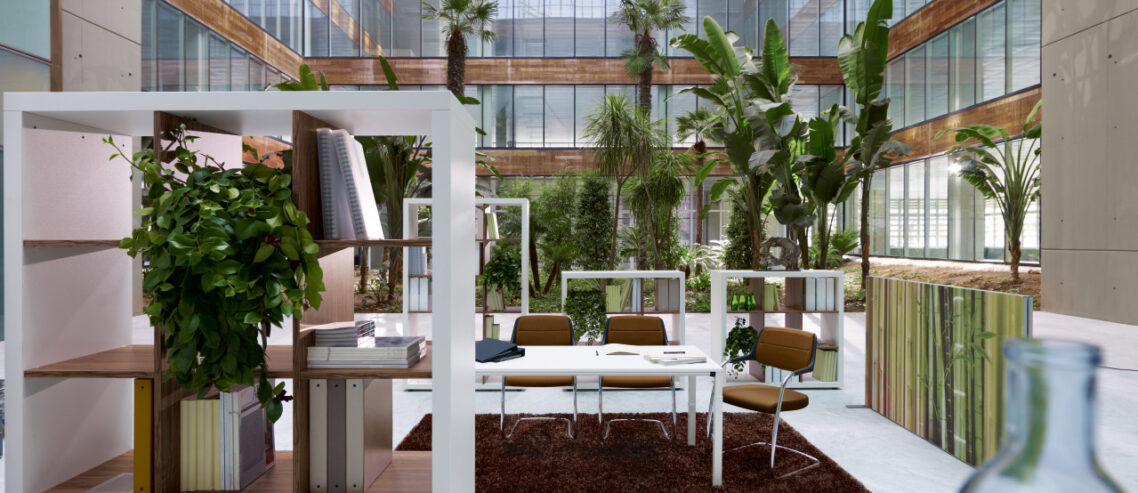Sedus and sustainability, an interview with Simon Roquette, Part Two
In the first part of the interview with Simon Roquette, we talked about Sedus’ approach to sustainability as well as its plans and objectives. In this, the second part, we will take a closer look at the firm’s products, production methods and how important environmental protection should be.
Question: Does sustainability offer a return on investment? After all, producing durable and well-designed products means that the customer doesn’t need to replace them so often.
“Ecology and economy are not mutually exclusive, but indispensable parts of a whole. This idea as expressed by Christof Stoll is just as valid today as when he first said it. An essential element of sustainability is economic efficiency. That means it wouldn’t be wise to invest considerable sums in sustainability if that meant we had to cut jobs as a result. However, if we invest in something specific like energy efficiency and so halve energy costs, that can only help the company to remain in good financial health, even in the most challenging times. For the Dogern site alone, we are talking about €700,000 a year.
We also focus on issues such as the durability and easy availability of spare parts for our products. Durability and longevity coupled with a timeless design are essential features of the environmental performance of a product. It is also our view that if customers can see such an embedded culture of sustainability at Sedus, we are far more likely to retain them as clients in the long term.
Question: One of the most noticeable characteristics of manufacturing at Sedus is a high level of vertical integration. What are the advantages of this?
As we already discussed, it is important when it comes to a process like electroplating to have as much of it under your own control. The greater the degree of verticality, the greater the degree of control we have over the end product. That is why we work so closely with our development and purchasing teams. Also when we talk about sustainability, we must ensure we’re not just talking about the environment. Working conditions are also important.
Question: Full life cycle assessments for every table, chair and cabinet means that the environmental impact of every product is completely transparent. What are your views on this?
It became very clear to us that manufacturing has only a minor influence on the life cycle assessment of a product. The most important factors are the choice and composition of materials and how they are procured. We also have to consider each of the specific product groups in isolation. So, while we should focus on finding substitutes for plastic and fibreglass in our chairs, we hardly or never use these materials in tables. Other solutions must be found for those products.
Question: Why are products described as 99 percent recyclable? Isn’t it possible to completely recycle them?
It comes down to finding a balance in the way we communicate sustainability issues, in a way that makes them comprehensible on the one hand and honest and transparent on the other. Our approach is always to be as completely open as we can. So, when we talk about recycling, which is often made as a broad claim, we must acknowledge that there is a big difference between reusing that material for another product and incinerating it to generate energy. In Germany, each citizen creates an average of 38 kg of plastic waste each year. IN order to improve this, we need to move towards a circular economy.
The direct answer to the question is that when material are recycled there is always some loss. So we only claim 99 percent to reflect that.
Question: Recycling clearly plays a very important role at Sedus but how does the firm go about using recycled materials itself?
It is an essential part of our sustainability strategy to significantly expand the use of recycled materials. Some of these are already being used today, but we also want to increase their use across the board. Currently, the proportion of recycled materials in our swivel chairs is around 25 percent, but we are aiming to increase this figure to up to 80 percent for new products by 2025. We are already working on a product that meets this goal.
